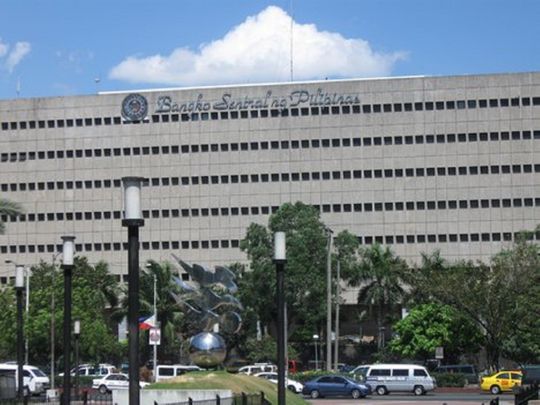
Manila: The Bangko Sentral ng Pilipinas (BSP) has announced a bold move: slashing reserve requirement ratios (RRRs) across different financial institutions.
What it means
The cuts are significant.
One expected result of the BSP move: lower borrowing cost as some $6.7 billion gets freed up to be used in the local economy.
The RRR for universal and commercial banks, as well as non-bank financial institutions with quasi-banking functions, will be reduced by 2.5 percentage points, bringing it from 9.5 per cent down to 7 per cent.
Digital banks, meanwhile, will see a 2 per cent reduction, lowering their RRR to 4 per cent.
Thrift and rural banks will also benefit from a 1 per cent reduction, with rural banks having their RRR set to zero. For rural and cooperative banks, they’re headed to 0% reserve requirements, freeing them up completely.
The implications of this move are substantial.
"The reduction shall bring the RRRs of U/KBs and NBQBs to 7.0 percent; digital banks to 4.0 percent; TBs to 1.0 percent; and RCBs to 0.0 percent."
(BSP statement dated Friday, September 20, 2024)
Awash with cash
By freeing up more funds previously held in reserve, the reduction allows financial institutions to lend more money, potentially increasing liquidity in the economy.
This can lead to more lending for businesses and consumers, stimulating economic activity, and an increased competition among lenders, potentially cutting the cost of borrowing (interest rates charged by lenders).
It also reduces the cost of intermediation for banks – meaning lower loan rates for borrowers, as banks pass on these savings.
In total, approximately Php375 billion ($6.7 billion) could be injected into the financial system from this move, according to an industry estimate.
This step aligns with the BSP’s ongoing effort to “reduce financial distortions”, lower the cost of financial services, and help the country’s financial system keep pace with regional norms
From October 25, 2024
“The new ratios shall take effect on the reserve week beginning on 25 October 2024 and shall apply to the local currency deposits and deposit substitute liabilities of banks and NBQBs,” BSP stated on Friday.
The central bank emphasiSes that these adjustments in reserve requirements are “in line with its continuing efforts to reduce distortions in the financial system”.
Effects
“As inflation continues to track a target-consistent path over the next two years, the BSP will reassess the need for further reductions in the RRRs to better align them with regional norms over the medium term,” BSP said.
Economist Jun Neri points out that this move will not only boost bank margins but should also reduce borrowing costs – creating positive ripple effects for the entire economy.
For the first time since 1997, the Philippines will have reserve requirements lower than Indonesia’s, putting the country on track with the likes of Vietnam, Malaysia, and Thailand.
The BSP stresses that this is part of their long-term strategy to reduce financial distortions and bring the Philippines closer to regional norms.











